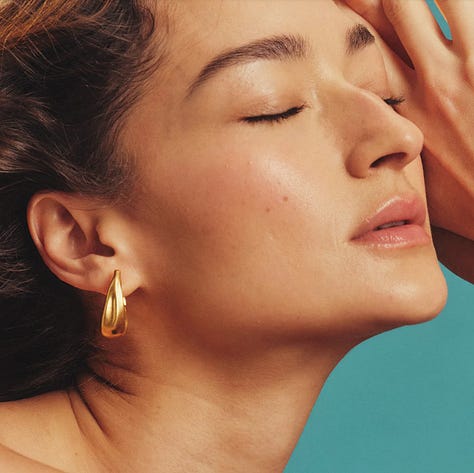It’s no secret that the commodification of the wellness industry has turned self-care practices, and related products, into aspirational, often unattainable, ideals. Despite the surface-level use of words like “moderation” and “balance,” many brands sitting within this space promote a polarized standard of perfection that fosters uniformity in mentality, behavior, and of course, appearance.
As we all know, this is especially the case in the realm of health and nutrition. Across the board, brands continue to promote an idealized vision of the ‘perfect’ body, pushing standards that deem anything less than a completely 'healthy' diet as unacceptable. Either cut out sugar entirely and follow a strict [insert diet of choice here] regimen, or you're perceived as indulging carelessly. When your personal definition of balance - when what works for you - doesn’t fit into this idealized extreme, you’re often left feeling inadequate, insecure, and isolated.
This one-size-fits-all mentality permeates various industries, with the beauty industry being another prime example. Consider haircare. For decades, we've been bombarded with a singular image of what 'perfect' hair looks like, ingrained in our subconscious by legacy campaigns. These advertisements transformed all hair types into a uniform, shiny, straight texture, while depicting natural hair as an untamed, frizzy mess. There has been very little room for a middle ground until now. Until Crown Affair:







